25 Amazing Photos That Show How Different The US Was 100 Years Ago
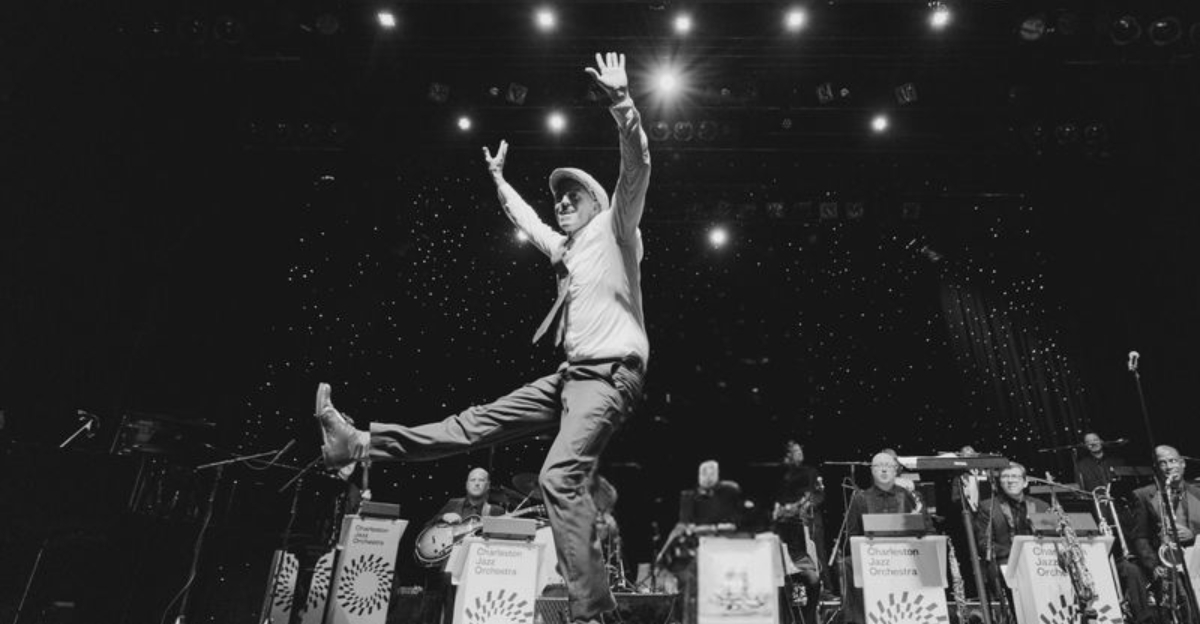
Ah, the Roaring Twenties – a dazzling decade of jazz, speakeasies, and a rebellious spirit that refused to be tamed!
Picture a world where flappers danced the night away in fringe-covered dresses, gangsters smuggled bootleg liquor under the cover of darkness, and the air buzzed with the sound of brass bands and newfound freedom.
This was an era of contrast, where glitzy urban life collided with the simplicity of the countryside. Now, step back in time with us as we explore 25 breathtaking photographs that capture America a century ago, revealing a world both familiar and foreign. Let the nostalgia begin!
1. Jazz Age Revelry
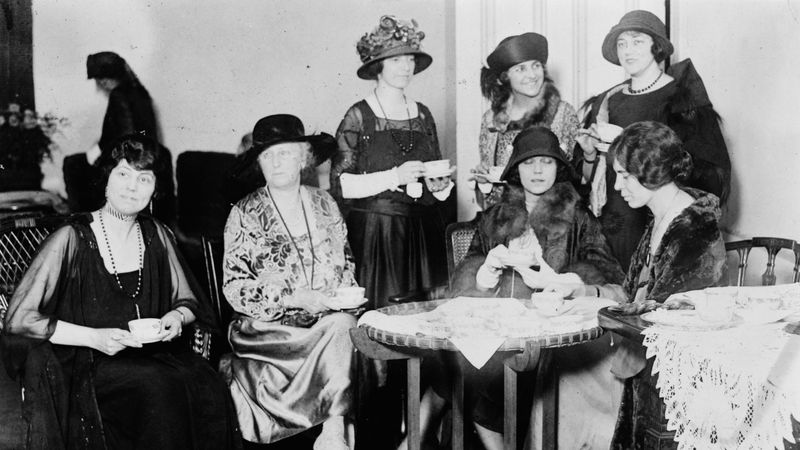
Jazz music wasn’t just notes; it was a way of life. Picture a 1920s speakeasy, where the band played hot jazz and the flappers danced without a care in the world. The atmosphere was electric, and the rhythm was infectious.
These hidden clubs thrived during Prohibition, offering a place for people to drink, dance, and defy the ban on alcohol. The music spoke to the soul, reflecting the rebellious spirit of the era.
It was a time when jazz was the heartbeat of America, and everyone wanted to dance to its tune.
2. The Ford Model T
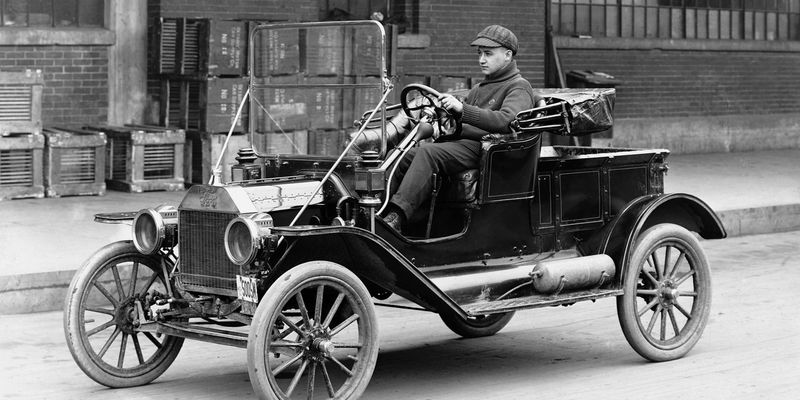
The Model T wasn’t just a car – it was a revolution on wheels. Henry Ford’s creation put America on the move, making the automobile accessible to the masses. Imagine a bustling street, with Model Ts lining the roads like ants marching in formation.
These cars were tough, reliable, and surprisingly affordable. They changed the way people lived, worked, and traveled, bringing the open road within reach of everyday Americans.
Owning a Model T was a status symbol, a sign of progress, and a promise of adventure waiting just around the corner.
3. The Prohibition Era
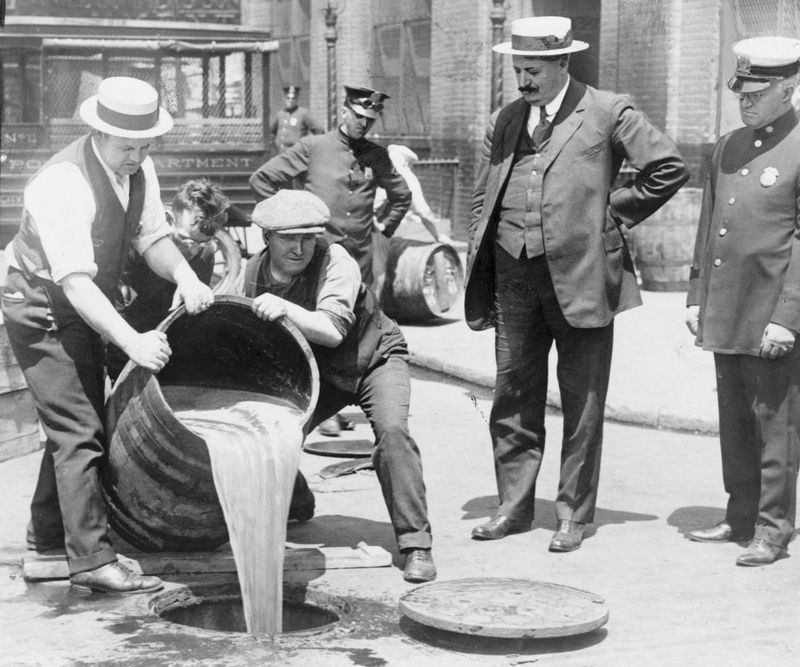
Prohibition turned law-abiding citizens into bootleggers overnight. Imagine a city street, with a stern-faced policeman standing guard over confiscated barrels of illicit booze. The signs warned against unlawful drinking, yet speakeasies flourished in secret.
The ban on alcohol was meant to curb drinking, but it only fueled a thirst for rebellion. From moonshine to bathtub gin, Americans found inventive ways to keep the party going.
The era was marked by ingenuity, defiance, and a never-ending quest for the forbidden sip. It was a dry time with a wet spirit.
4. Women’s Suffrage Victory
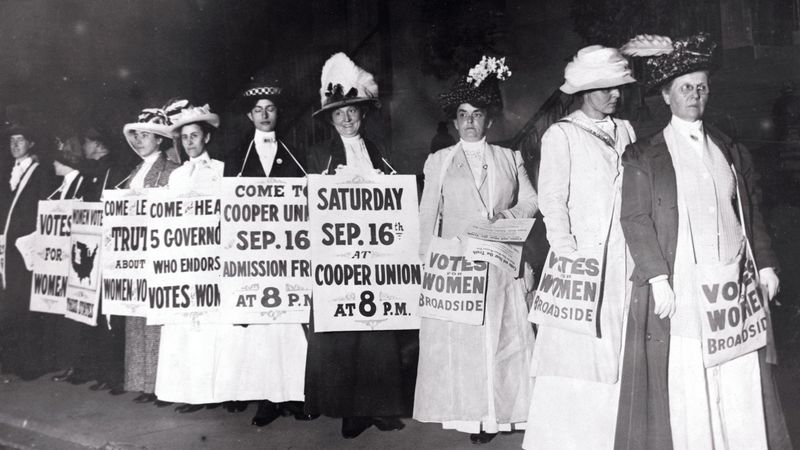
Women’s suffrage wasn’t just a movement; it was a triumph of determination. Picture a group of women, proudly displaying banners celebrating their hard-won right to vote. Their faces shone with joy and resolve.
The passage of the 19th Amendment was a monumental step toward gender equality, empowering women to have a voice in the democratic process.
It was a victory that resonated across the nation, inspiring generations to come. These trailblazers paved the way for future change, proving that persistence and passion could indeed alter the course of history.
5. The World of Silent Films
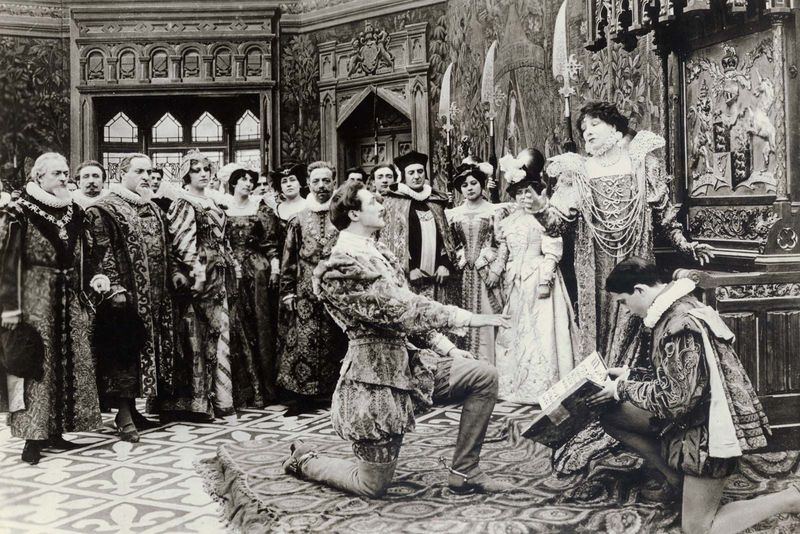
Silent films were the talkies before talkies existed. Imagine a crowded movie theater, with patrons eagerly lining up to see the latest flick. The marquee announced the feature, and the excitement was palpable.
These films were more than entertainment; they were a window into a world of imagination and creativity. With expressive actors and innovative storytelling, silent movies captured the hearts of audiences everywhere.
Though they lacked sound, they spoke volumes, weaving tales of romance, adventure, and comedy that transcended the silence and left lasting impressions.
6. The Charleston Craze
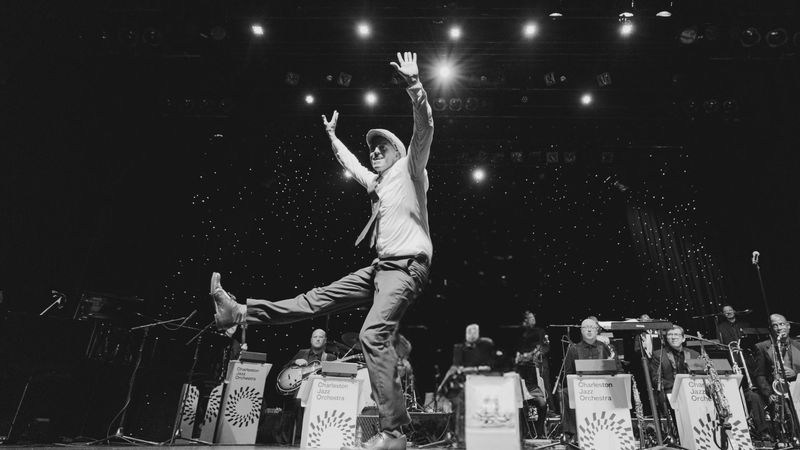
The Charleston was more than a dance; it was a cultural phenomenon. Picture a dance hall filled with people moving to the infectious beat, their feet kicking and arms swinging in unison.
This lively dance captured the spirit of the twenties, embodying freedom, fun, and a touch of rebellion. As the music played, dancers let loose, shedding the constraints of the past.
The Charleston was a celebration of life and an expression of a generation eager to embrace change and joy. It was the dance that defined an era of exuberance.
7. The Birth of Radio
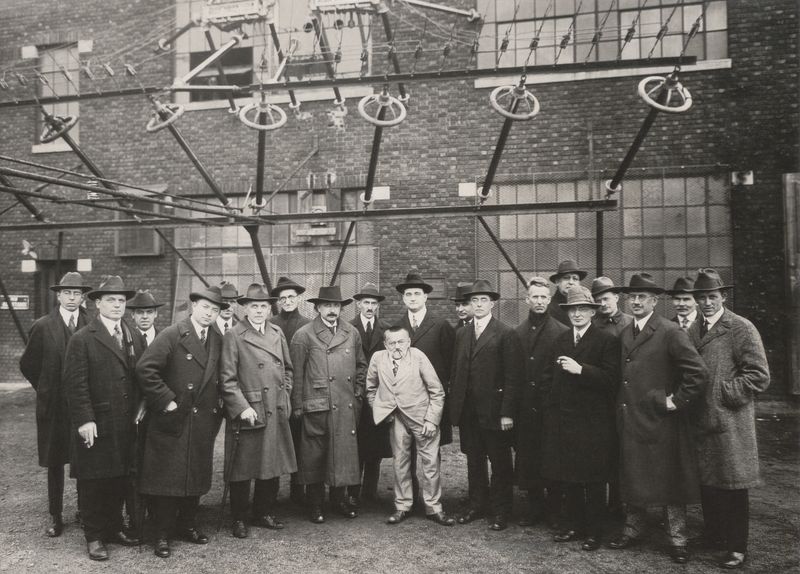
Radio wasn’t just a gadget – it was a gateway to the world. Imagine a family huddled around their new radio, hanging on every word and note that crackled through the airwaves.
This technological marvel connected people like never before, bringing news, music, and entertainment into homes across the nation. It was the social media of its day, sparking conversations and uniting communities.
The radio transformed evenings into magical moments, turning listeners into explorers of sound and stories. It was a tune-in era where imagination took flight.
8. Flapper Fashion Revolution
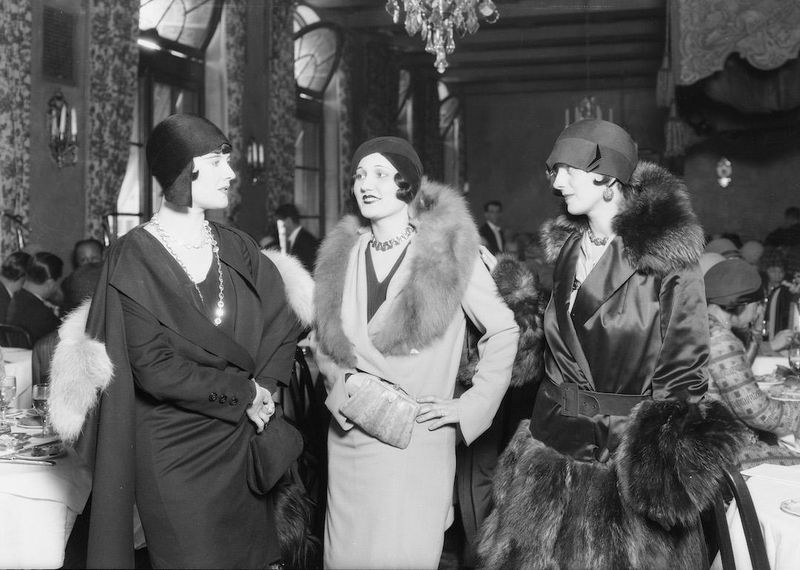
Flapper fashion wasn’t just a trend; it was a statement. Visualize a flapper girl strutting down the street, her fringed dress swaying with every step, and her bobbed hair catching the breeze.
These daring styles challenged conventions, reflecting the newfound independence and bold spirit of women in the 1920s. Flapper fashion was a celebration of individuality, with short skirts, cloche hats, and a carefree attitude.
It was a revolution in fabric and form, symbolizing a break from tradition and a leap into modernity. Fashion was never the same again.
9. The Great Gatsby Parties
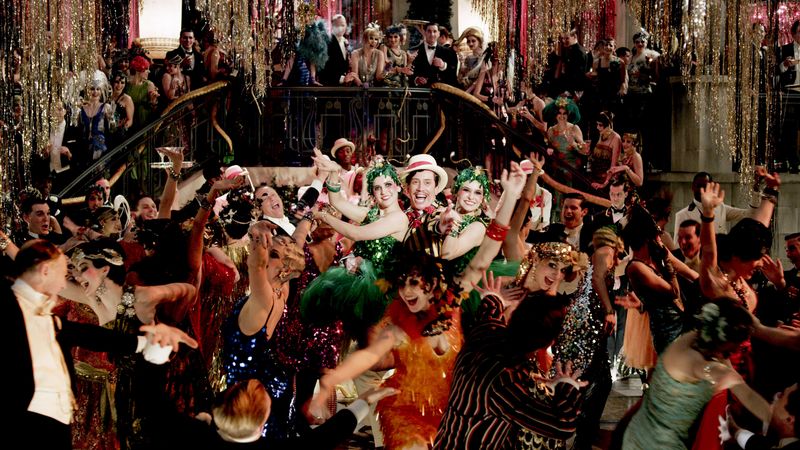
Gatsby didn’t just throw parties; he orchestrated spectacles of opulence. Imagine a grand mansion, alive with elegantly dressed guests, twirling and laughing under sparkling chandeliers.
These lavish gatherings were the epitome of excess, where jazz filled the air, and the champagne never stopped flowing. It was a world of luxury and indulgence, where dreams seemed possible and the night held endless possibilities.
Gatsby’s parties were a reflection of the roaring twenties, a time of prosperity and extravagance. It was the dream that danced until dawn.
10. The Rise of Skyscrapers
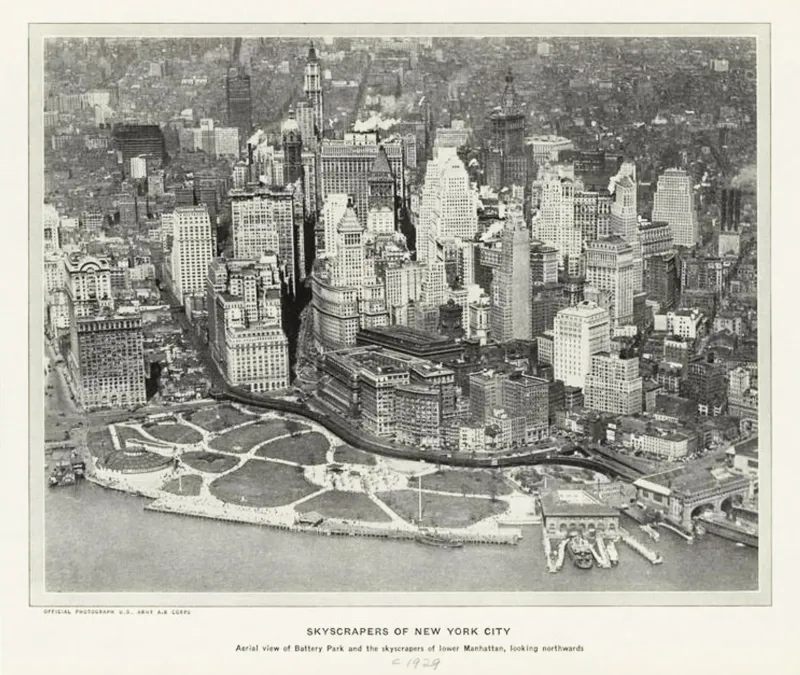
Skyscrapers weren’t just buildings; they were dreams reaching for the sky. Picture a city skyline, dotted with towering structures, as workers clambered up scaffolding, adding steel and stone to the clouds.
These architectural marvels symbolized progress and ambition, reshaping urban landscapes and redefining city life. Skyscrapers were monuments to human ingenuity, reflecting the aspirations of a nation on the rise.
They were the backbone of a new era, creating a vertical world where the sky was no longer the limit. Construction was a dance of determination and innovation.
11. The Evolution of Air Travel
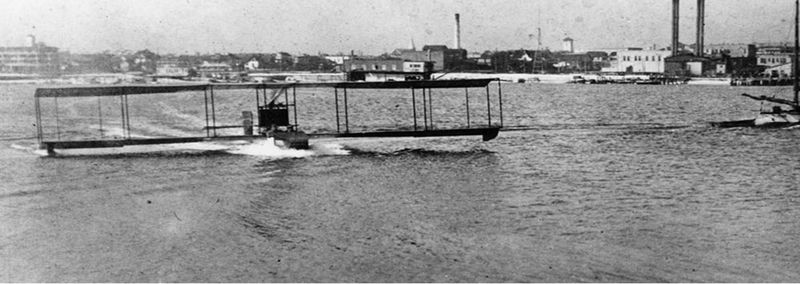
Air travel wasn’t just a novelty; it was a glimpse into the future. Envision a biplane soaring gracefully above the fields, its engine humming a song of adventure and possibility.
These early flights captured the imagination, symbolizing a world ready to explore new horizons. Pilots became daring pioneers, navigating the skies with skill and courage.
Airplanes were the wings of progress, bringing distant lands closer and making the impossible seem attainable. It was an era when flight was a marvel, and the skyways were open to dreamers.
12. The Harlem Renaissance
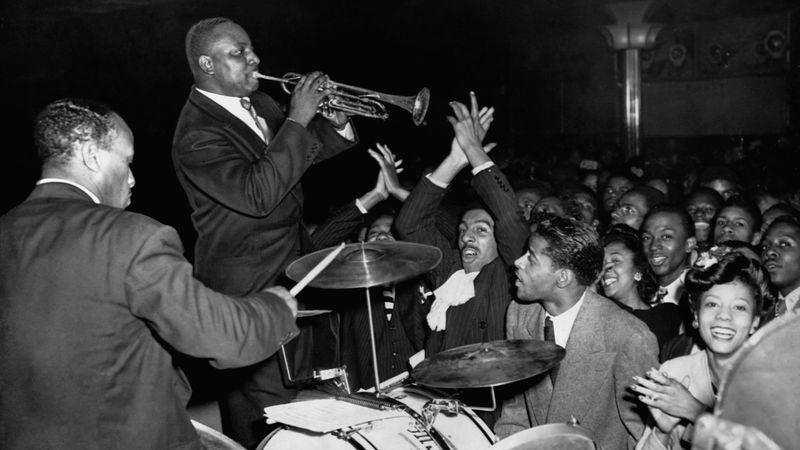
The Harlem Renaissance wasn’t just a movement – it was an explosion of creativity. Picture the streets of Harlem, alive with music, art, and literature, as people gathered to celebrate culture and identity.
This renaissance fostered a community of artists, writers, and musicians, who shared their talents and stories with the world. It was a time of empowerment, where voices that had long been silenced found expression and recognition.
Harlem was the heartbeat of this cultural awakening, transforming narratives and opening doors to new realms of possibility.
13. The Era of Gangsters
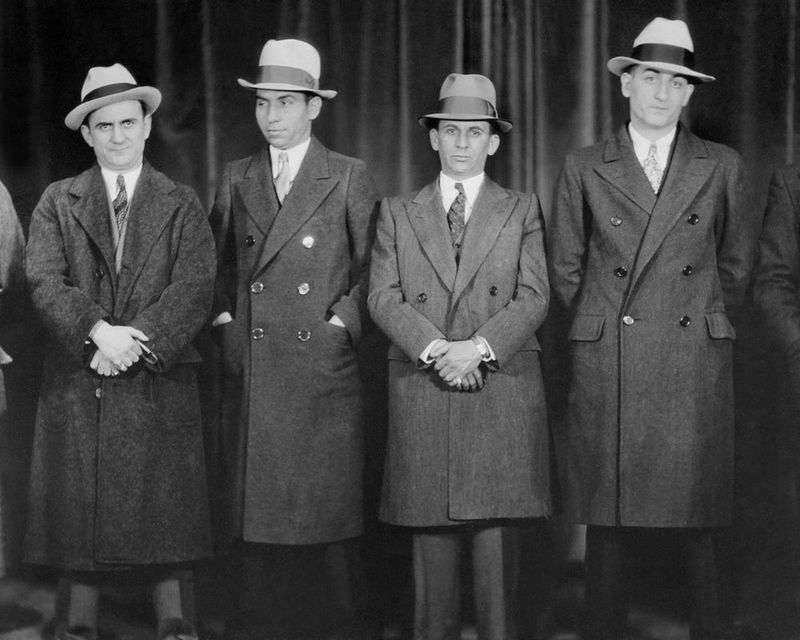
Gangsters weren’t just criminals – they were legends of the underworld. Imagine a group of sharply dressed men, exuding power and influence as they stood by their vintage car.
The 1920s was a time when organized crime thrived, with infamous figures like Al Capone capturing the public’s imagination. These individuals operated in the shadows, weaving tales of intrigue, danger, and glamour.
They were both feared and admired, embodying the darker side of the roaring twenties. Their stories have become part of the lore and legend of a bygone era.
14. The Automobile Culture
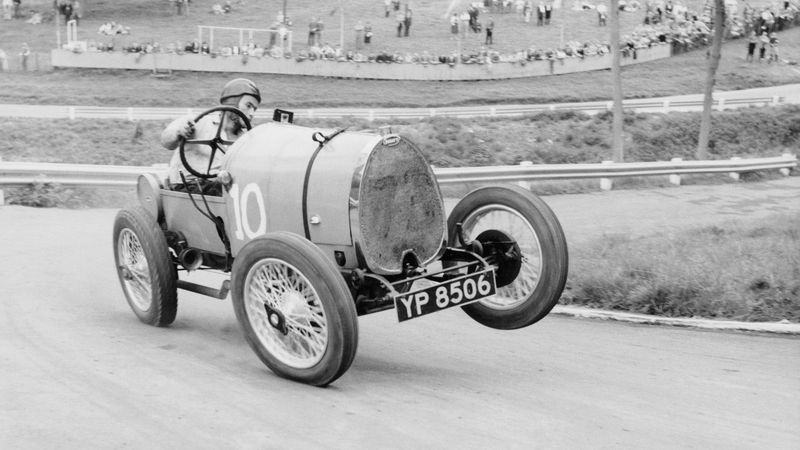
The automobile wasn’t just transportation; it was a lifestyle. Imagine a roadside diner, where families gathered, cars parked, and laughter filled the air as milkshakes and burgers were served.
Cars transformed daily life, turning highways into avenues of adventure and diners into destinations. They offered freedom and flexibility, changing how people traveled and socialized.
The automobile culture was born, with road trips becoming a quintessential American experience. It was an era of exploration, where the journey was as important as the destination. The open road was calling.
15. The Impact of the Great War
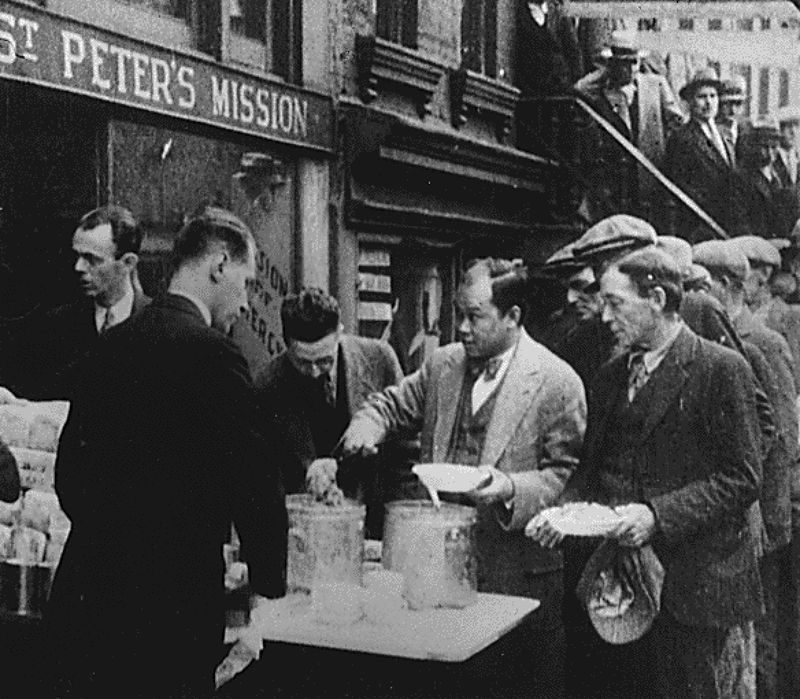
The Great War wasn’t just history – it was a shared experience. Visualize veterans gathered in remembrance, their uniforms a testament to the bravery and sacrifice they embodied.
The war had left an indelible mark on society, influencing politics, culture, and daily life. It was a time of reflection and rebuilding, as nations sought to heal and move forward.
Veterans were celebrated as heroes, their stories of courage inspiring a generation. The post-war period was one of change and resilience, as people embraced the challenge of creating a better future.
16. The Boom of Consumerism
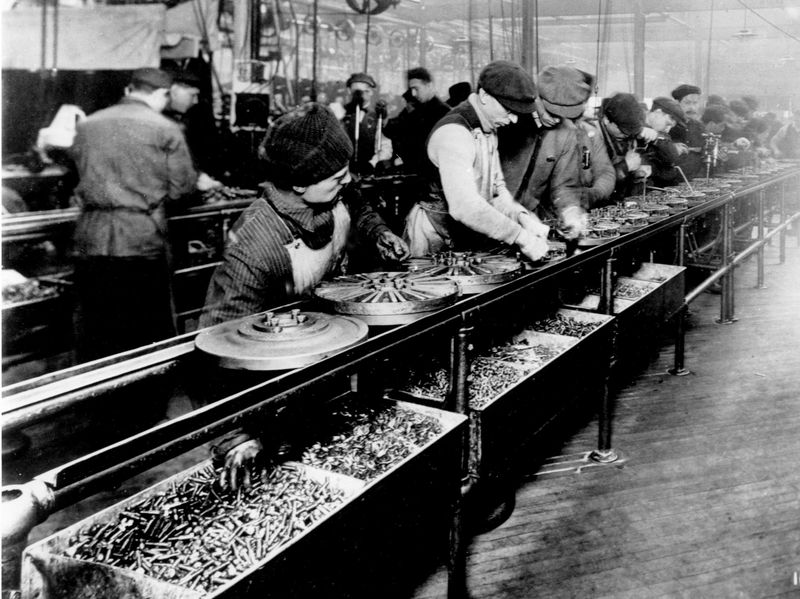
Consumerism in the 1920s wasn’t just a trend; it was an economic boom. Picture a bustling department store, filled with shoppers eager to explore the latest fashions and gadgets.
The era saw a surge in advertising and mass production, making goods more accessible to the average person. It was a time of prosperity, where the thrill of acquisition fueled the economy and shaped lifestyles.
Shopping became a leisure activity, and consumption was celebrated as a symbol of success and modernity. The twenties were truly roaring with buying power.
17. The Birth of Suburbs
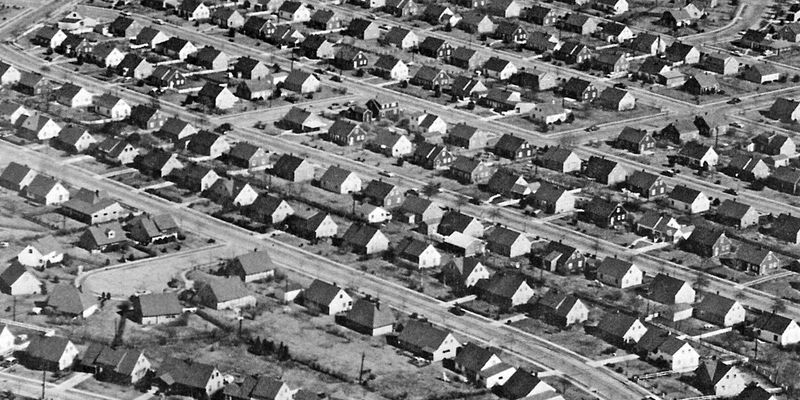
Suburbs weren’t just housing; they were dreams of tranquility. Envision a neighborhood of new homes, with picket fences and families basking in the joy of their own slice of paradise.
The 1920s saw the rise of suburban living, offering a peaceful retreat from bustling city life. It was a promise of community, comfort, and a closer connection to nature.
Suburban neighborhoods became the ideal setting for family life, where children played freely and neighbors knew one another. It was a suburban dream that shaped the American landscape.
18. The Rise of Modern Art
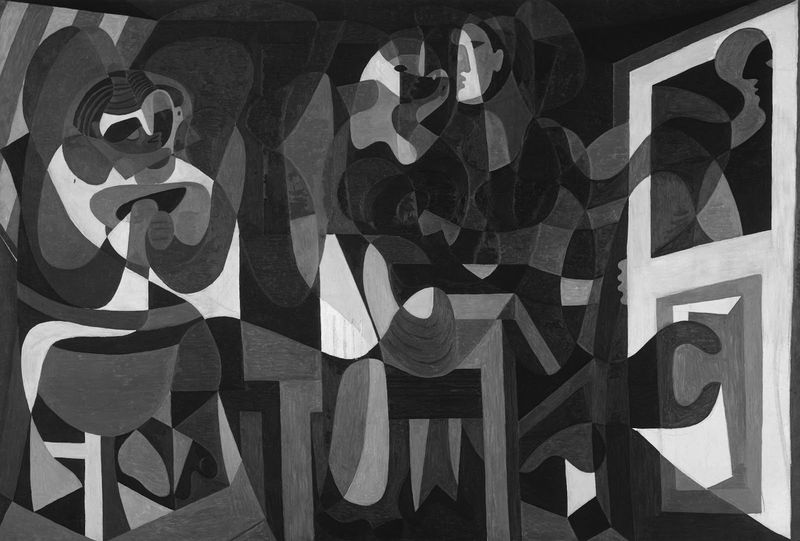
Modern art wasn’t just creative expression – it was a revolution of thought. Imagine an art gallery filled with avant-garde works, challenging traditional notions of beauty and form.
The 1920s were marked by an explosion of artistic innovation, as artists embraced new styles and techniques. Modern art was a reflection of the changing world, capturing the complexities and contradictions of the era.
It was a time of experimentation, where artists sought to break free from convention and explore uncharted territories. The canvas was a playground for ideas and imagination.
19. The Influence of Freud
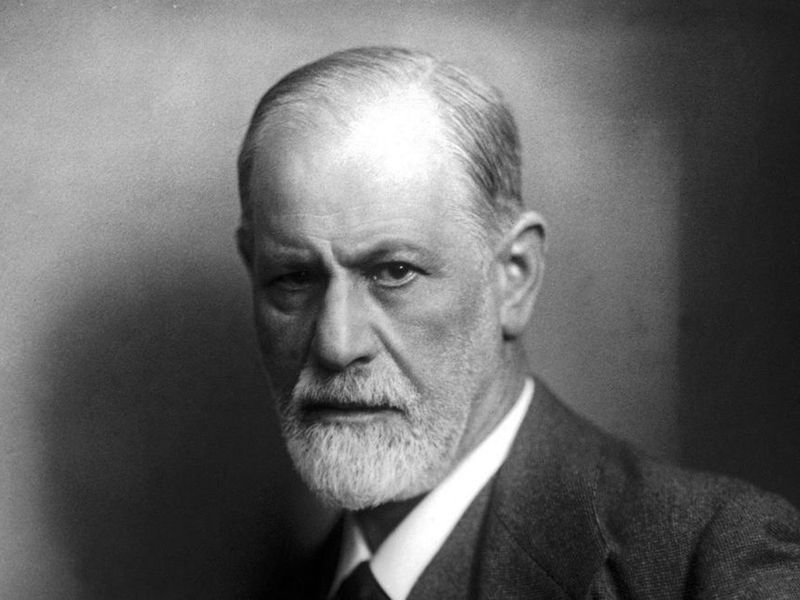
Freud wasn’t just a theorist – he was a thinker who reshaped understanding. Picture a lecture hall, filled with students eager to explore the mysteries of the human mind.
Freud’s theories on psychoanalysis, the subconscious, and human behavior influenced a wide range of fields, from psychology to art. His ideas challenged traditional views, sparking debates and inspiring new lines of inquiry.
The 1920s was a time when intellectual curiosity flourished, as scholars delved into the complexities of the psyche. Freud’s legacy lingered, inviting endless exploration of the mind’s depths.
20. The Popularity of Sports
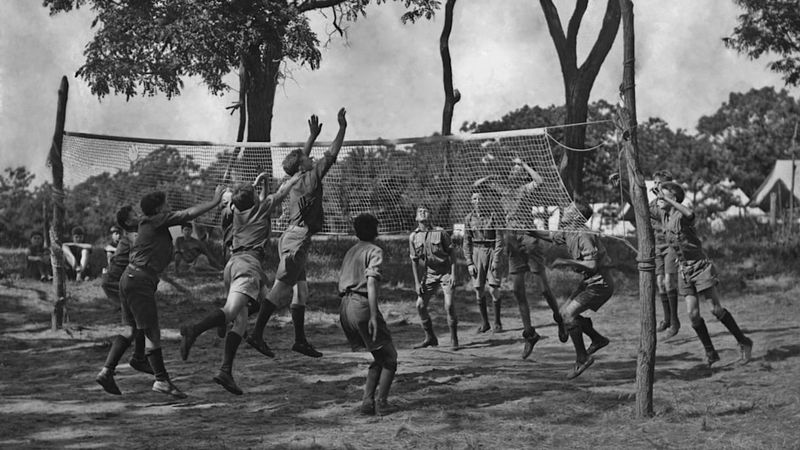
Sports in the 1920s weren’t just games – they were passions that united people. Imagine a baseball game, with fans on their feet, cheering as their heroes stepped up to the plate.
The decade saw the rise of sports as a major cultural phenomenon, with athletes becoming household names and events drawing crowds in droves. Sports offered excitement, competition, and a sense of community, where victories were celebrated, and rivalries thrived.
It was a time when athletic prowess captured the public’s imagination, turning athletes into icons and fans into avid followers.
21. The Advent of Television
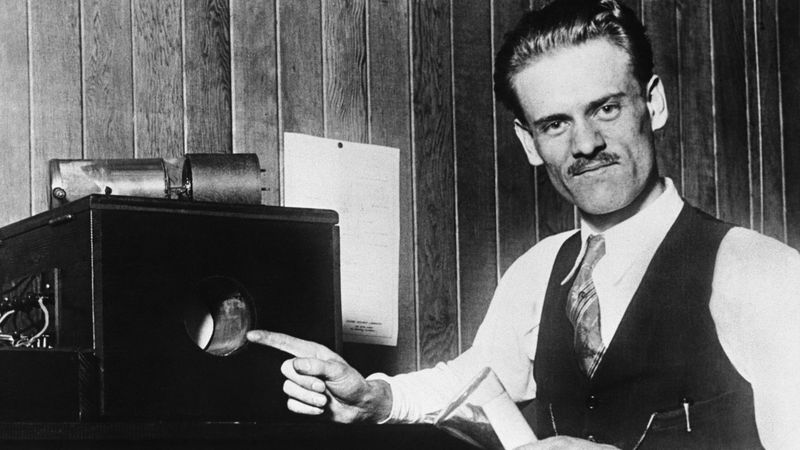
Television wasn’t just an invention – it was a glimpse of the future. Visualize a laboratory buzzing with activity, as inventors tinkered with the latest technology, seeking to bring images to life.
The 1920s marked the early days of television, with visionaries striving to transform the way people experienced entertainment and information.
Though still in its infancy, the potential of television was undeniable, hinting at a future where screens would become windows to the world. It was a time of innovation and anticipation, where the seeds of a new era were being sown.
22. The Influence of Jazz
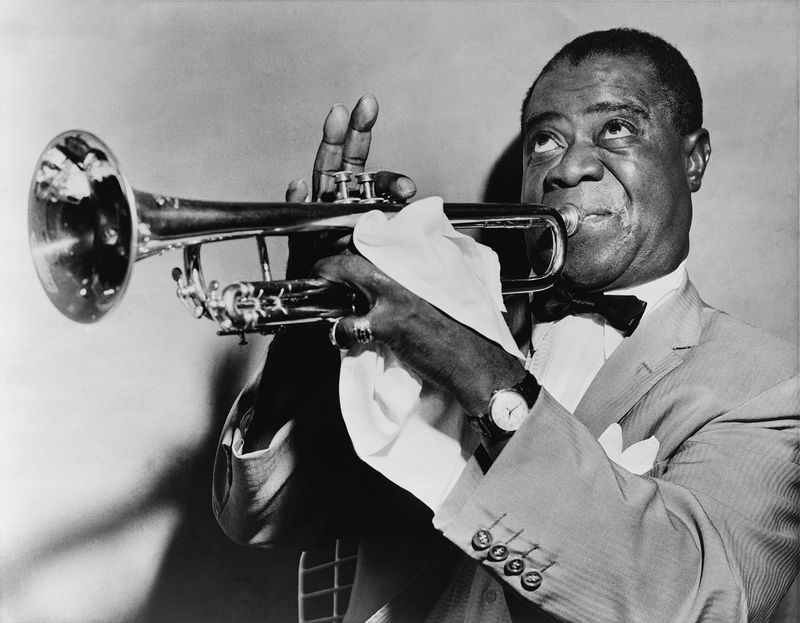
Jazz wasn’t just music – it was a movement of expression. Envision a jazz concert, where musicians poured their hearts into every note, and the audience swayed to the beat of freedom.
The 1920s were the golden age of jazz, a time when this vibrant music form captivated listeners across the globe. Jazz was a symbol of creativity and improvisation, reflecting the spirit of a generation unafraid to break from tradition.
It was a dance of melody and emotion, where every performance was a unique conversation, and the music spoke a universal language.
23. The Growth of Wall Street
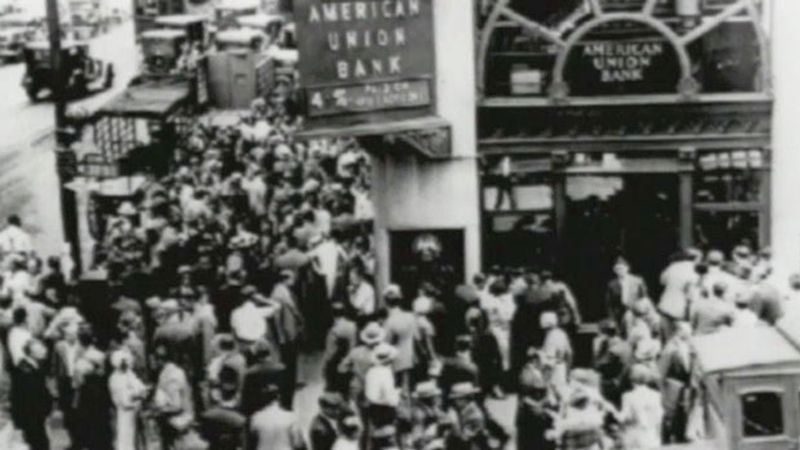
Wall Street wasn’t just a street – it was the epicenter of ambition and wealth. Picture the hustle and bustle of the financial district, as brokers exchanged deals with fervor and precision.
The 1920s was a decade of economic prosperity and speculation, with the stock market becoming a symbol of success and opportunity. Wall Street thrived, attracting investors eager to capitalize on the booming economy.
It was a time of optimism and risk-taking, where fortunes were made and lost in the blink of an eye. The financial world was a whirlwind of excitement and potential.
24. The Transformation of Agriculture

Agriculture in the 1920s wasn’t just farming; it was a transformation of the land. Envision a farm where machinery hummed alongside nature, as families worked the fields with newfound efficiency.
The decade saw significant advancements in farming techniques, with mechanization and innovation boosting productivity. Tractors and machines became essential tools, reshaping rural life and increasing yields.
It was a time of change and progress, where the agricultural landscape adapted to the demands of a growing nation. The fields were alive with the promise of nourishment and opportunity.
25. The Spirit of Innovation
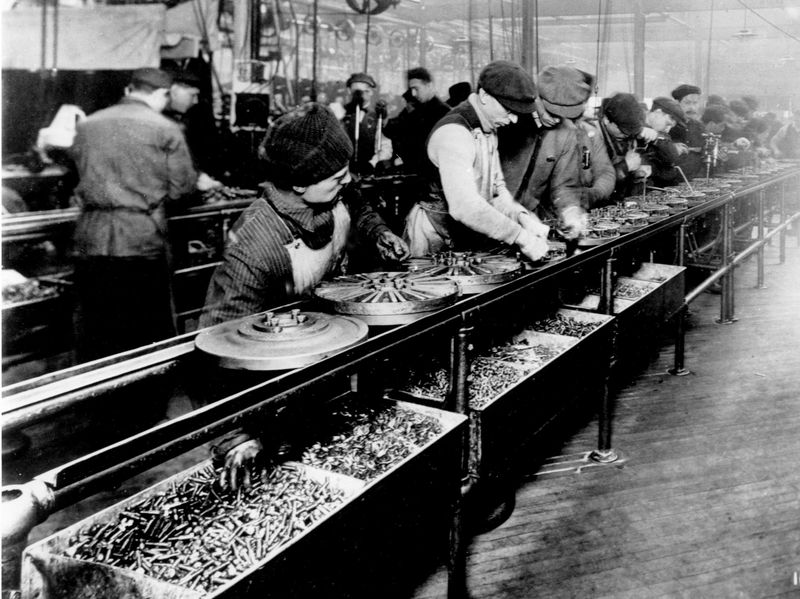
Innovation in the 1920s wasn’t just invention; it was the spirit of exploration. Picture an inventor’s workshop, cluttered with gadgets and blueprints, as creativity sparked new ideas.
The era was a time of relentless curiosity and experimentation, where inventors and thinkers pushed the boundaries of what was possible. From household appliances to groundbreaking technologies, innovation fueled progress and shaped the modern world.
It was a decade where imagination knew no limits, and the seeds of future advancements were planted. It was an age of dreams turned into reality.
